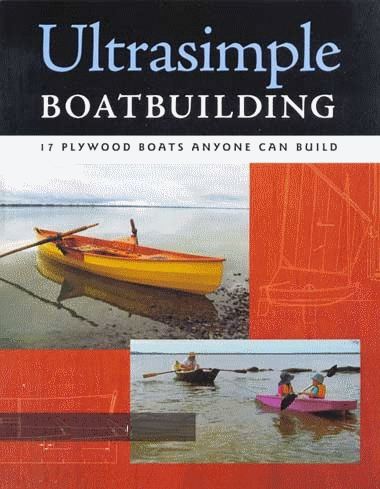 Having completed the mast, I have resumed work on fitting out the hull. I deciphered the plans for the mast step and installed these components between the mast bulkhead and trunk. In order to shape the supports for the mast step, I tried using a spiling stick (or jog stick?) which gave reasonable results, in two dimensions, but when creating a three dimensional part - the third dimension being to follow to curve of the hull from forward to aft - it has limitations. I'll get a photo of it tomorrow to make it clearer!
Having completed the mast, I have resumed work on fitting out the hull. I deciphered the plans for the mast step and installed these components between the mast bulkhead and trunk. In order to shape the supports for the mast step, I tried using a spiling stick (or jog stick?) which gave reasonable results, in two dimensions, but when creating a three dimensional part - the third dimension being to follow to curve of the hull from forward to aft - it has limitations. I'll get a photo of it tomorrow to make it clearer!Next onto installing the deck filler onto the sheer clamps. I cut stock from DF and then cut a 15deg bevel off one side. This however proved very thick to bend inside the sheer clamp, so I tried my hand at steaming.
Being new to steaming, I elected to use a 4" soil plastic soil pipe. I found a plan on YouTube which showed simply plugging both ends and using wooden dowels along the bottom of the pipe so that the stock is not resting on the wall of the pipe but rather on a rack of dowels.
 I had a Black & Decker wallpaper remover steamer device which I was able to plug into a brass adapter in one end of the pipe.
I had a Black & Decker wallpaper remover steamer device which I was able to plug into a brass adapter in one end of the pipe. It created quite a strong supply of steam, however on the first plank I wasn't able to get the pipe much hotter than about 180F whereas I understand you need it to be around 200F to 210F. The result was ok but I don't think I left the plank in long enough and so it was still quite stiff when I came to clamping it to the outside of the hull to take up the sheer clamp shape. The next day when I took off the clamps, the stock retained a decent curve but had considerable spring-back nonetheless. Next came the slow process of cutting the end of the deck filler to align with the transom and over the transom cheeks which made for a tricky join and at the other end a simpler join to the bulkhead. I found it difficult to get a tight fit at the bulkhead. My process was to butt the end of the piece to the bulk head and then slide the aft end down at the transom to line up alongside the sheer clamp. Each time when I clamped up the deck filler to the sheer clamp, the for'd end of the deck filler would move back by 2-3mm from the bulkhead and the friction of the boards facing each other seemed to prevent it moving back in place, despite repeated thumps from ever increasing sized hammers! In the end when it came to glue up, the epoxy acted as a lubricant and so the joints came up snug.
 Next process was to fit the coaming knees. This was made simple by the addition of full sized patterns in JB's plans. Clamping the knee to the bulkhead proved nigh well impossible due to its shape, so I used bronze screws to secure it both to the sides and bulkhead.
Next process was to fit the coaming knees. This was made simple by the addition of full sized patterns in JB's plans. Clamping the knee to the bulkhead proved nigh well impossible due to its shape, so I used bronze screws to secure it both to the sides and bulkhead. Next I have to refine the 15deg bevel along the deck filler to accommodate the coaming. I made up a plywood former with the 15deg angle on one side and a small torpedo spirit level attached to the other, which will allow me ensue that the coaming angle is accurate. Initial trial testing indicate that I have only minor adjustments to make, however I think that the coaming angle makes a very big visual impact on the look of teh boat so I will trial fit patterns before signing off on this process.








0 comments:
Post a Comment